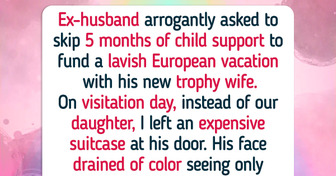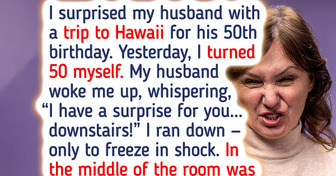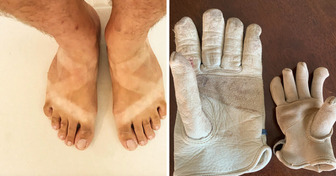Men and Women Totally Disagree on the “Perfect” Lip Size, Study Finds

Healthy toenails tend to be smooth, uniformly light-pink, and free of odd ridges or splotches. When they shift in color, thickness, or texture, your body might be flagging a deeper issue—sometimes as mundane as a fungal infection, other times as serious as heart or lung disease. Below, you’ll find a quick visual guide to five common toenail changes, why they happen, and when to swap the home remedies for an appointment with a medical professional.
Medical disclaimer: This article is for general information only and should never replace personal advice from a qualified healthcare provider. If you spot any of the changes below—or anything else that worries you—book a doctor’s visit for a proper diagnosis and treatment plan.
When toenails start to resemble old parchment—thick, opaque, and tinged yellow or light brown—the most likely culprit is onychomycosis (fungal nail infection). As the fungus digs in, nails can crumble, split, and even lift off the nail bed.
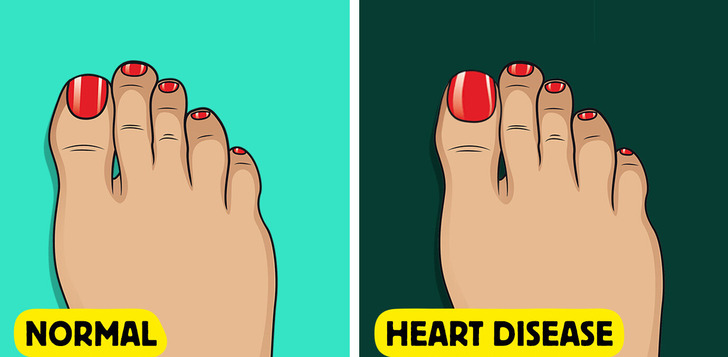
If your nail plate dips in the middle enough to hold a drop of water, you’re looking at koilonychia (spoon nails). They often feel thin or crack easily.
A dusky, blue-gray nail bed screams cyanosis—a sign your extremities aren’t getting enough oxygenated blood.
Frequent, non-healing ingrown nails—even after proper trimming—also flag vascular insufficiency or diabetic neuropathy. Persistent redness, pain, or drainage warrants rapid evaluation to prevent deeper infection or osteomyelitis.
When the nail edge digs into skin, the surrounding tissue can turn red and puffy, sometimes oozing. That’s an ingrown toenail in action.
When onychomycosis coexists with burning or numb toes, suspect diabetes or peripheral vascular disease. High blood sugar impairs blood flow and immune defense, making fungal nails stubborn and raising ulcer risk. Seek podiatric care early.
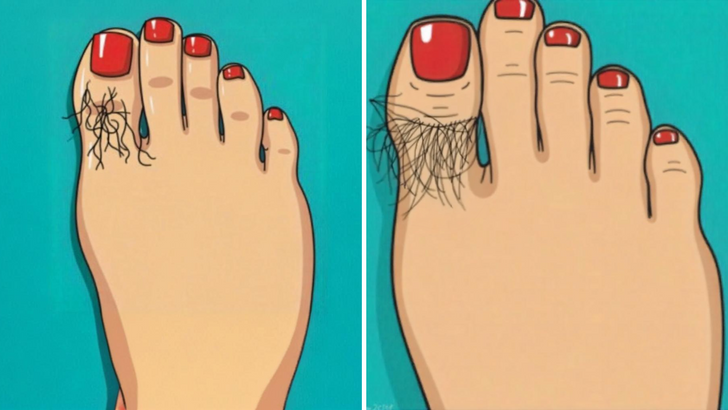
Those wispy hairs on your toes are more than cosmetic; they’re a quick, free check-engine light for the small arteries that feed your feet. When blood flow is healthy, the follicles stay active and hair keeps growing. A sudden, unexplained loss of toe (or foot) hair is one of the classic early signs of peripheral arterial disease (PAD), a condition in which plaque-clogged vessels starve tissues of oxygen.
Think nails are the only body part spilling secrets? Your face is an even bigger gossip. Stay tuned for our follow-up: 6 subtle facial clues that reveal hidden illnesses.


